क्या आप जानते हैं ?
WETTEST BRIDGES IN THE WORLD MEGHALAYA

In one of Earth’s wettest spots, footbridges grow from trees. In the North-Eastern state of Meghalaya, one gets to see the wettest bridges in the world. Built out of the tree roots of the Ficus Elastica, it was the War-Khasis and War-Jaintias, two closely related tribes in Meghalaya, who long ago noticed this tree and saw in its powerful roots an opportunity to easily cross the area’s many rivers. For centuries, the locals have been training the roots of these trees to grow into natural bridges. The roots are simply pulled, tied, twisted, and worked on by hand to merge with each other until, over time, they form the desired architectural structure. As the root systems grow, the bridges strengthen and hence they become sturdier and more durable. Some of these ancient root bridges which are used daily by the people of the villages around Cherrapunji may be well over 500 years old.
ArchiveKULDHARA – INDIA’S GHOST VILLAGE
Abandoned and Cursed for over 200 Years, this Rajasthani village has a tale to tell. Kuldhara is a village located about 20 kms from Jaisalmer in Rajasthan. It is desolate with no signs of human inhabitation and there is eerie silence all over. According to legend, about 200 years ago Kuldhara was home to the Paliwal Brahmins. The Diwan of Jaisalmer who was famous for his immoral ways was determined to covet the village Chief’s daughter. He threatened to levy huge taxes on the villagers if they came in his way. To escape his threat the villagers fled the village taking nothing with them. While fleeing they cursed saying no one would ever be able to settle down in Kuldhara again. That curse holds true as the town is barren and uninhabited to date. Kuldhara today is maintained by the Archaeological Survey of India as a heritage site.
ArchiveMAJULI ISLAND – ASSAM WORLD’S LARGEST RIVER ISLAND

Majuli means ‘the land between two parallel rivers’. Located in the Brahmaputra River in Assam, Majuli is the world’s largest river island. Records show that this island was formed due to a severe flood that happened way back in the 1750s. Today this beautiful strip of land is home to about 1,60,000 people belonging to different tribes. This vibrant area is accessible only by ferries. Apart from lush greenery and a huge variety of flora and fauna, the one unique quality that makes Majuli a much sought after tourist spot is its vibrant culture. However, the future of Majuli is at stake due to frequent flooding of the Brahmaputra. Constant erosion and floods have reduced the world’s largest river island to less than half its original size. Majuli has been included in the tentative list of World Heritage Sites by UNESCO.
ArchiveKEIBUL LAMJAO NATIONAL PARK (MANIPUR)
The Keibul Lamjao National Park located in the Bishnupur district of the state of Manipur is truly unique. It is the only floating national park of its kind in the world. Located on Loktak Lake, it is home to the brow-antlered deer or Sangai, one of the most endangered deer in the world. The park is a wetland ecosystem and is dotted with patches of floating swamps called phumdis. The Sangai’s hooves are peculiarly adapted to walk on these phumdis. It is popularly known as the dancing deer because of its light movements on the phumdis and a floating stance that gives the impression it is dancing. Rare wild cats like the marbled cat and the Asian golden cat and other animals like the Himalayan black bear and the Malayan bear are also seen occasionally. The two watchtowers located within the park enables the tourists to experience the beauty of the park.
ArchiveCHRIST CHURCH – GUWAHATI

Guwahati, the capital of Assam is known for its beautiful churches that date back to the 19th Century. The Christ Church Guwahati located near Nehru Park in Panbazar, is the oldest church, not just in Assam, but the entire North-Eastern region. The influx of British officers and soldiers into Assam in the 1820s for administrative and economic reasons warranted the need for a church. Christ Church was the first to be established, and its foundation stone was laid in May 1844. The Church was consecrated in 1850. However, in the middle of the 19th Century, the Church was destroyed twice by two powerful earthquakes, in 1856 and then in 1897. The Church underwent a major renovation in the late 1970s. Christ Church is the epicentre from which the history of the church in the North East effectively begins. Today, its structure is more testimony to traditional Assamese architecture.
ArchiveKAKATIYA RUDRESHWARA (RAMAPPA) TEMPLE, TELANGANA

In the village of Palampet, about 200 kms away from Hyderabad in Telangana stands the regal Kakatiya Rudreshwara Temple, also known as the Ramappa temple. It is one of those rare monuments in the world that is named after its creator Ramappa, who was a great planner and sculptor. This majestic temple was built during the Kakatiyan period (1123–1323 CE) by Racherla Rudra, a General of the Kakatiya King Ganapati Deva. The construction of the temple began in 1213 CE, and it is believed to have taken more than 40 years for completion. Besides its unique Nandi Mandappa and Vimana, the intricately carved walls, pillars, sculptures, and ceilings attest to the unique skill of the Kakatiyan sculptors. On 25 July 2021, UNESCO inscribed this magnificent edifice as a World Heritage Site.
ArchiveIMA KEITHEL – MANIPUR THE LARGEST WOMEN’S MARKET IN ASIA

The words Ima Keithel when translated means Mother’s Market. This market is located in Imphal, the capital of Manipur and has a 500-year-old history behind it. It started in the 16th century with a handful of stalls run by women. It is believed that due to a forced labour system that was in existence during that era, the menfolk were sent to work in faraway lands. To run their homes, women took matters into their own hands. Apart from cultivating their paddy fields, they also spent time weaving textiles and creating products that could be sold in this make-shift market. With time this market became a major source of income for the households in the villages. Although this market has been through many highs and lows, it continues to flourish today. Managed by a union of women, Ima Keithel is often called the Queen of Markets as it plays a vital role in the lives of the Manipuri women.
Archive20 JANUARY KHAN ABDUL GHAFFAR KHAN (1890 to 1988)
 Khan Abdul Ghaffar Khan was born on 6 February 1890 into a prosperous landowning Pashtun family from Utmanzai in the Peshawar Valley of British India. Also known as Bacha Khan, he was a Pashtun independence activist who campaigned to end the rule of the British Raj in India. In 1919, Khan entered politics at a time when there was opposition to the Rowlett Act. In the following year, he joined the Khilafat Movement, which sought to strengthen the spiritual ties of Indian Muslims with the Turkish Sultan. Gandhiji and Khan shared a vision: they dreamed of an independent, undivided, secular India – an India where both Hindus and Muslims would live together in peace. His close association with Mahatma Gandhi earned him the nickname “Frontier Gandhi”. Ghaffar Khan, who had opposed the partition of India, chose to live in Pakistan. Khan Abdul Ghaffar Khan passed away on 20 January 1988.
Khan Abdul Ghaffar Khan was born on 6 February 1890 into a prosperous landowning Pashtun family from Utmanzai in the Peshawar Valley of British India. Also known as Bacha Khan, he was a Pashtun independence activist who campaigned to end the rule of the British Raj in India. In 1919, Khan entered politics at a time when there was opposition to the Rowlett Act. In the following year, he joined the Khilafat Movement, which sought to strengthen the spiritual ties of Indian Muslims with the Turkish Sultan. Gandhiji and Khan shared a vision: they dreamed of an independent, undivided, secular India – an India where both Hindus and Muslims would live together in peace. His close association with Mahatma Gandhi earned him the nickname “Frontier Gandhi”. Ghaffar Khan, who had opposed the partition of India, chose to live in Pakistan. Khan Abdul Ghaffar Khan passed away on 20 January 1988.
NATIONAL MATHEMATICS DAY S RAMANUJAN (1887 to 1920)
 Pandit Gopinath Kaviraj, was born in a Bengali Brahmin family on 07 September 1887 in Dhaka (in present-day Bangladesh). His interests were varied ranging from ancient history to iconography, literature, philosophy, and even photography. He was a leading figure in the field of Indological studies. Also an outstanding teacher, the title Mahamahopadhyaya conferred on him by the then British Government is testimony to his greatness. Pt. Kaviraj spent most of his life in the holy city of Varanasi and post his retirement in 1937 as Principal of the Sanskrit College, he devoted his life to spiritual studies and intense sadhana. He was the editor of ‘Ananda Varta’ (a journal) for 24 years. Gopinath Kaviraj was awarded the Padma Vibhushan in 1964. He passed away on 12 June 1978.
Pandit Gopinath Kaviraj, was born in a Bengali Brahmin family on 07 September 1887 in Dhaka (in present-day Bangladesh). His interests were varied ranging from ancient history to iconography, literature, philosophy, and even photography. He was a leading figure in the field of Indological studies. Also an outstanding teacher, the title Mahamahopadhyaya conferred on him by the then British Government is testimony to his greatness. Pt. Kaviraj spent most of his life in the holy city of Varanasi and post his retirement in 1937 as Principal of the Sanskrit College, he devoted his life to spiritual studies and intense sadhana. He was the editor of ‘Ananda Varta’ (a journal) for 24 years. Gopinath Kaviraj was awarded the Padma Vibhushan in 1964. He passed away on 12 June 1978.
कहानियाँ
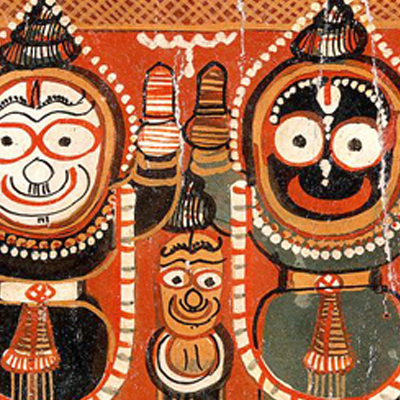
जगन्नाथ मंदिर, पुरी
पुरी में जगन्नाथ मंदिर हिंदू परंपरा के 'चार धामों' में से एक है। यह भगवान जगन्नाथ, देवी सुभद्रा और भगवान बलभद्र का घर है।
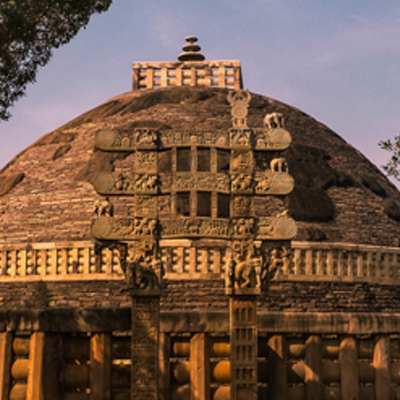
साँची स्मारक: पुनर्खोज और वापसी
यह कहानी १९वीं शताब्दी की शुरुआत में ब्रिटिश औपनिवेशिक अधिकारियों द्वारा अपनी खोज के समय से साँची स्मारकों के इतिहास का वर्णन करती है।

लॉर्ड मेयो की हत्या
फरवरी १८७२ में वायसराय और भारत के गवर्नर-जनरल, रिचर्ड बोर्क, मेयो के छठे अर्ल, पोर्ट ब्लेयर में दंड ब्स्ती का निरीक्षण करने के लिए अंडमान आए थे।

करवा चौथ
करवा चौथ विवाहित हिंदू महिलाओं द्वारा प्रतिवर्ष मनाया जाने वाला एक त्योहार है जिसमें वे सूर्योदय से लेकर चंद्रोदय तक का व्रत रखती हैं और अपने पतियों की सलामती की प्रार्थना करती हैं।
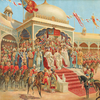
दिल्ली दरबार
दिल्ली दरबार भारत के वाइसराय द्वारा सम्राटों या महारानियों के राज्याभिषेक के लिए आयोजित भव्य कार्यक्रम थे। इसलिए, इन्हें कोरोनेशन दरबार के रूप में भी जाना जाता था।
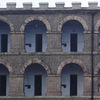
अंडमान: सेल्यूलर जेल
अंडमान द्वीप पर दंडात्मक समझौता १० मार्च १८५८ को सफलतापूर्वक स्थापित किया गया। इससे पहले १७८६ में ऐसा करने का एक असफल प्रयास हुआ था।

कोह-ए-नूर
कोह-ई-नूर दुनिया में सबसे अधिक प्रसिद्ध रत्नों में से एक है। इसे 1839 में हस्ताक्षरित लाहौर की अंतिम संधि की शर्तों के तहत भारत से लिया गया था। अंग्रेजों द्वारा आकार और कटौती के बाद, अब इसका वजन 105.6 कैरेट है।

बेगम हज़रत महल
बेगम हज़रत महल उन कुछ महिलाओं में से एक थीं, जिन्होंने १८५७ के विद्रोह के दौरान अंग्रेज़ों को चुनौती दी थी।

दिल्ली: ब्रिटिश भारत की राजधानी
दिल्ली की नींव किंग जॉर्ज V द्वारा ब्रिटिश भारत की राजधानी के रूप में १९११ के राज्याभिषेक दरबार में रखी गई थी।
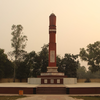
चंपारण में गाँधीजी का सत्याग्रह
यह कहानी चंपारण में नील की खेती की अत्याचारी तिनकठिया प्रणाली और किसानों की मदद करने के लिए गाँधीजी के सत्याग्रह का वर्णन करती है।
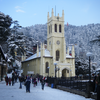
शिमला: ब्रिटिश भारत की ग्रीष्मकालीन राजधानी
अपने देश से बहुत दूर, अंग्रेजों ने हिमालय की तलहटी में एक ‘छोटे इंग्लैंड’ का निर्माण किया। सिमला को अस्पष्टता से उभार कर, इंग्लैंड की सबसे बड़ी कॉलोनियों में से एक, भारत की ग्रीष्मकालीन राजधानी बनाया गया ।

जलियांवाला बाग़ नरसंहार
जलियांवाला बाग़ नरसंहार १३ अप्रैल, १९१९ को हुआ था। इस दिन अमृतसर में एक वरिष्ठ ब्रिटिश सैन्य अधिकारी, जनरल डायर के आदेश पर सैकड़ों निहत्थे भारतीयों की हत्या की गई थी।
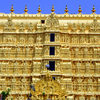
भगवान पद्मनाभ और उनके दास
यह कहानी पद्मनाभस्वामी मंदिर और उससे जुड़े त्रावणकोर के शाही परिवार के इतिहास का वर्णन करती है।
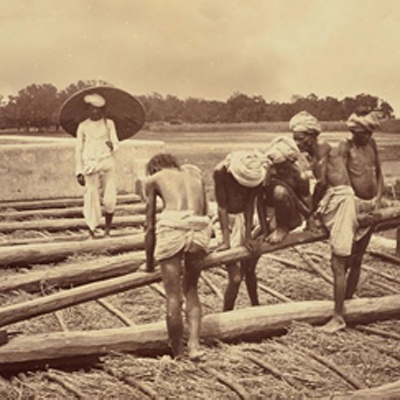
बंगाल में नील विद्रोह
यह कहानी बंगाल में नील की खेती की व्यवस्था, भारतीय किसानों के शोषण और दमनकारी यूरोपीय प्लांटरो के खिलाफ उनके विद्रोह से संबंधित है।
 भारत सरकार
भारत सरकार
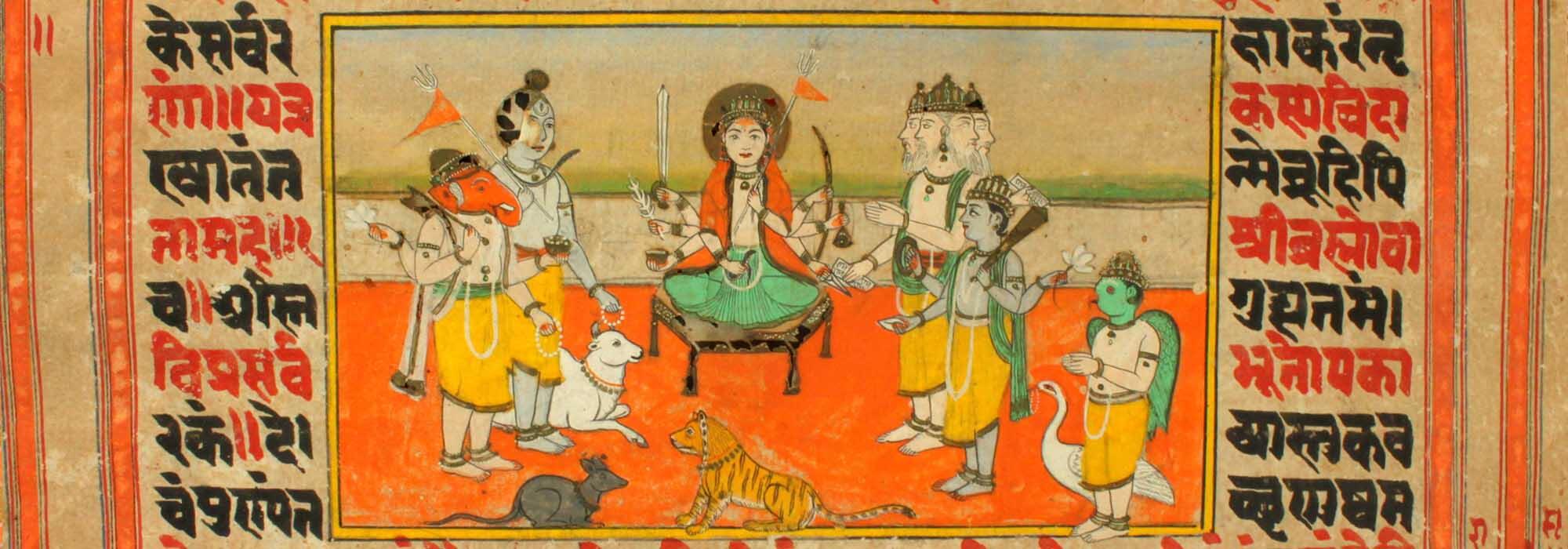
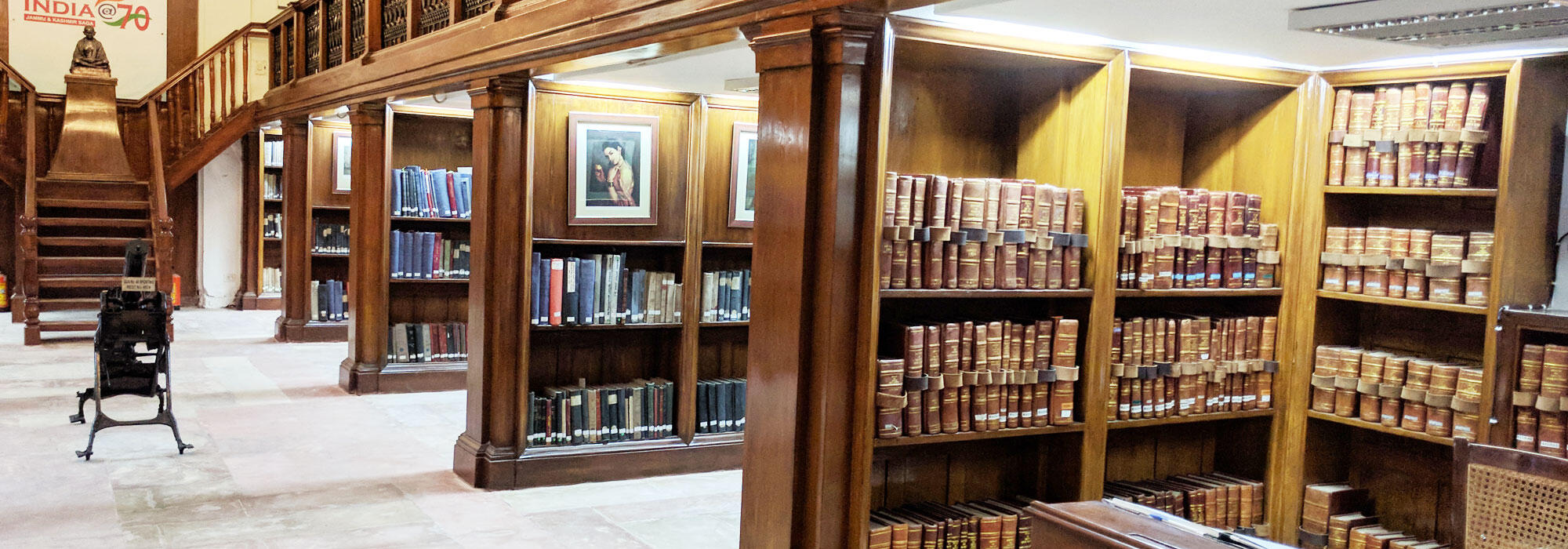





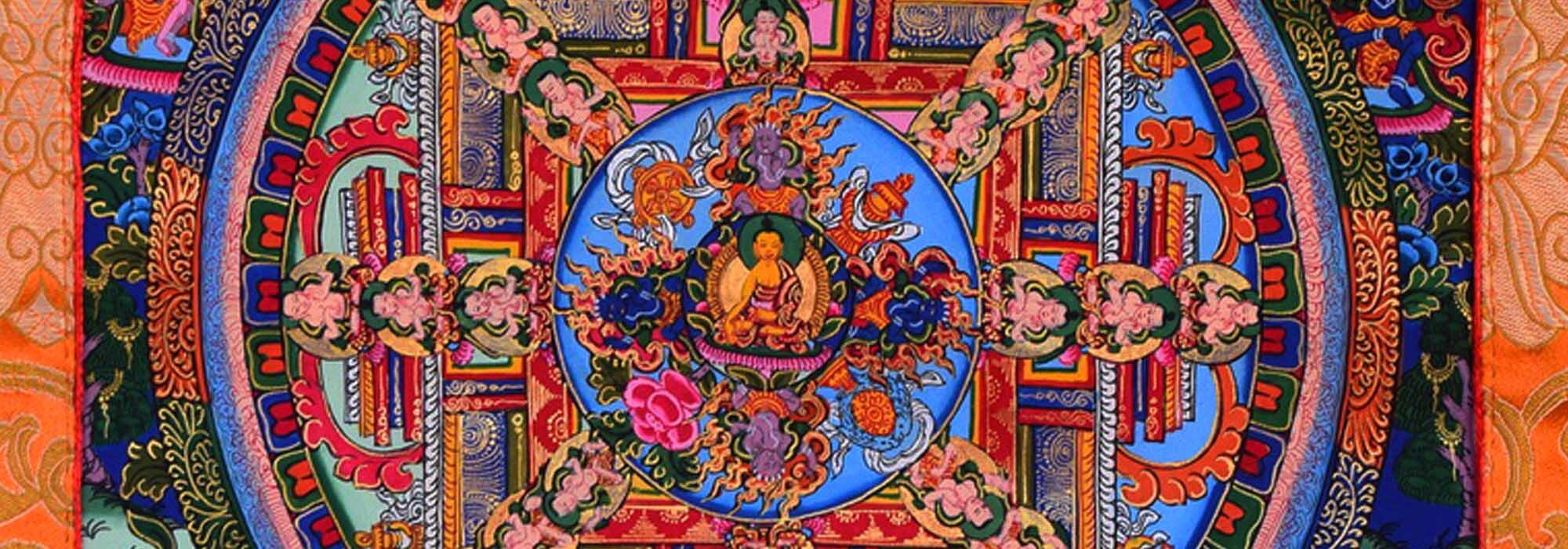

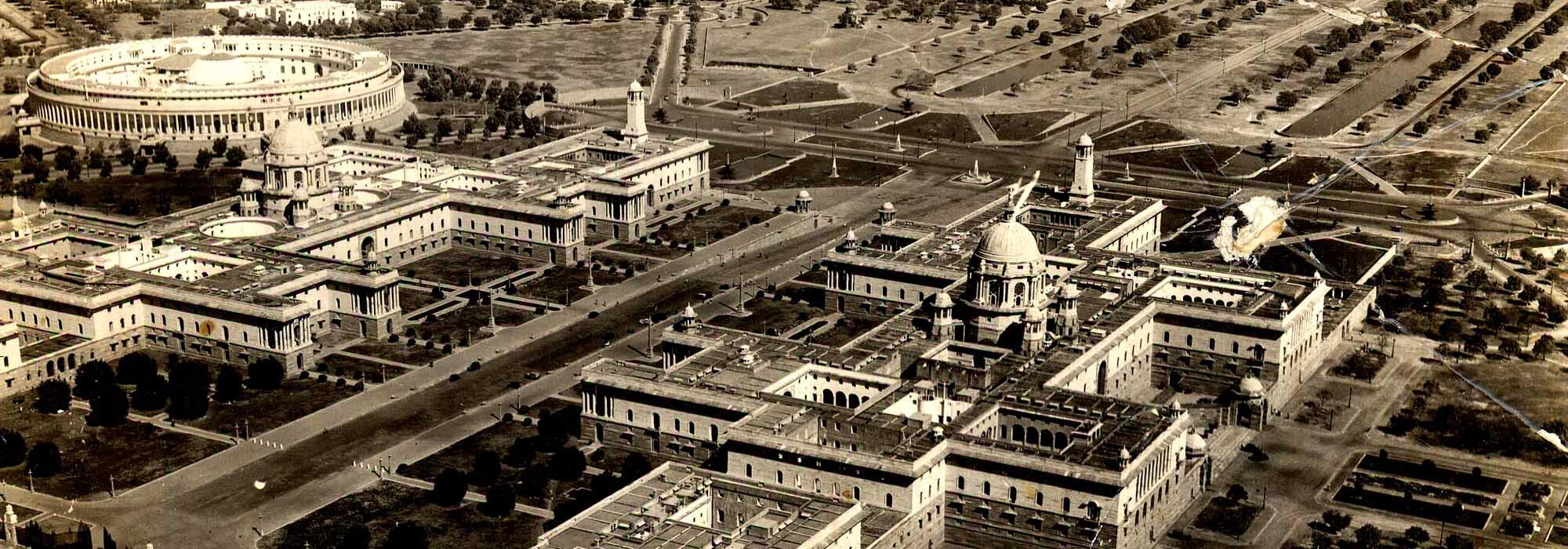







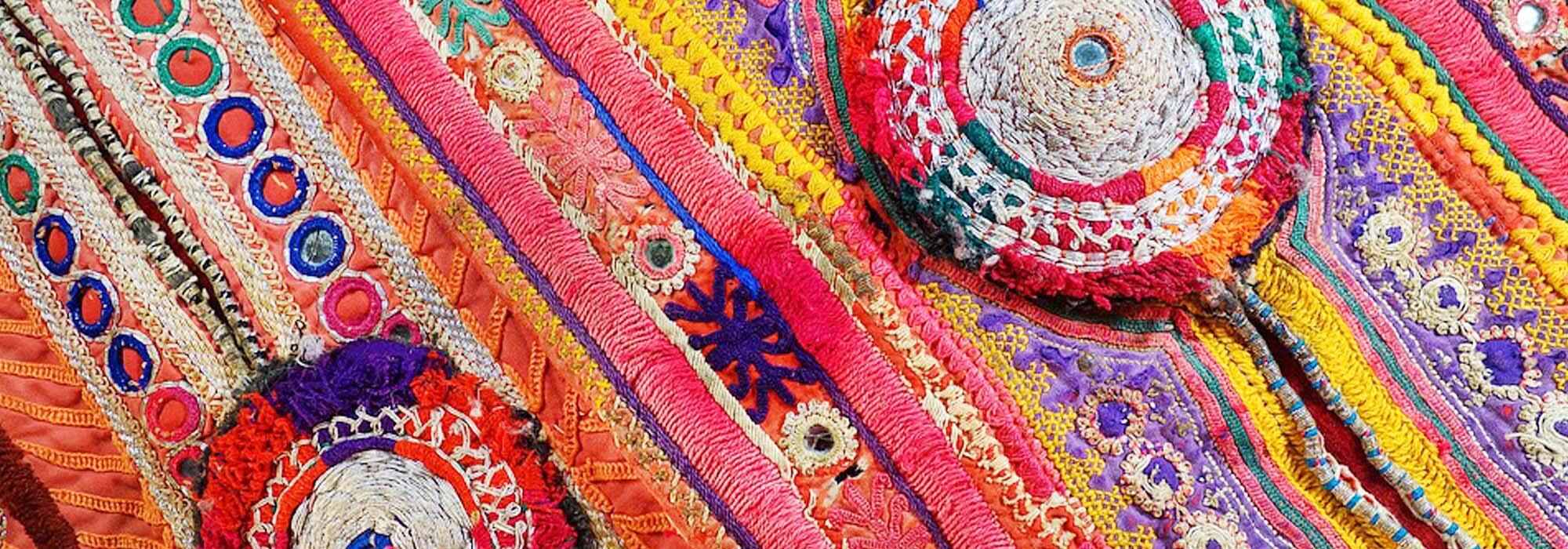




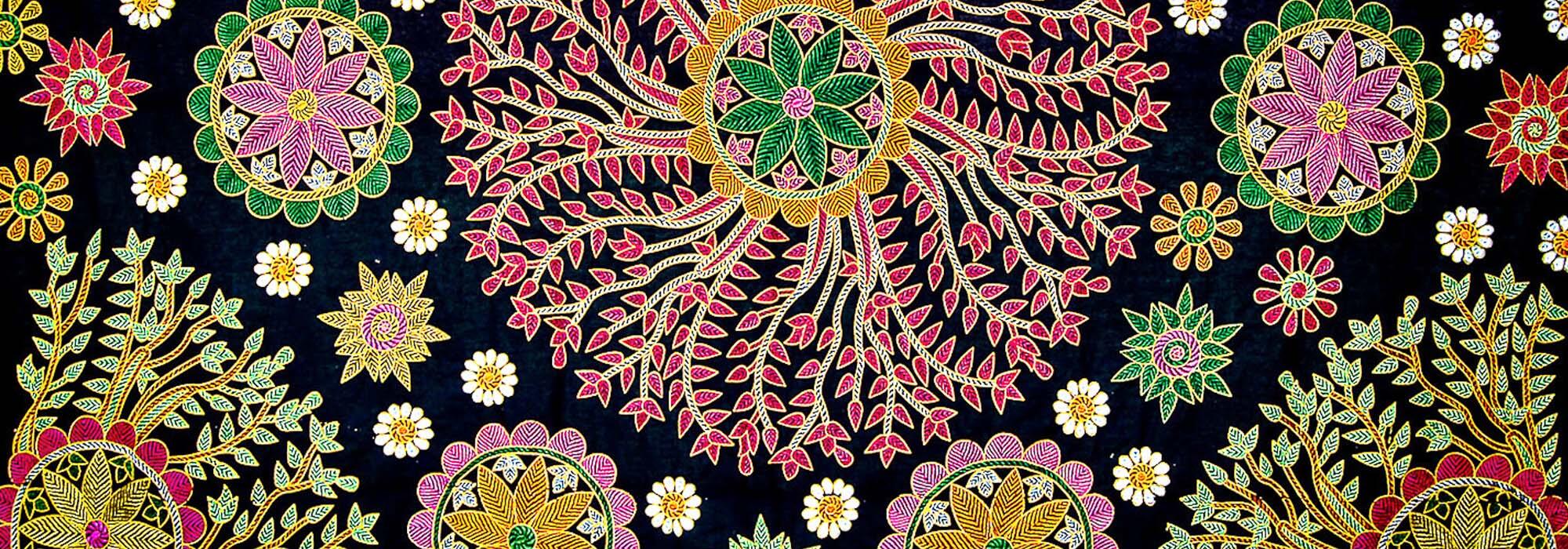

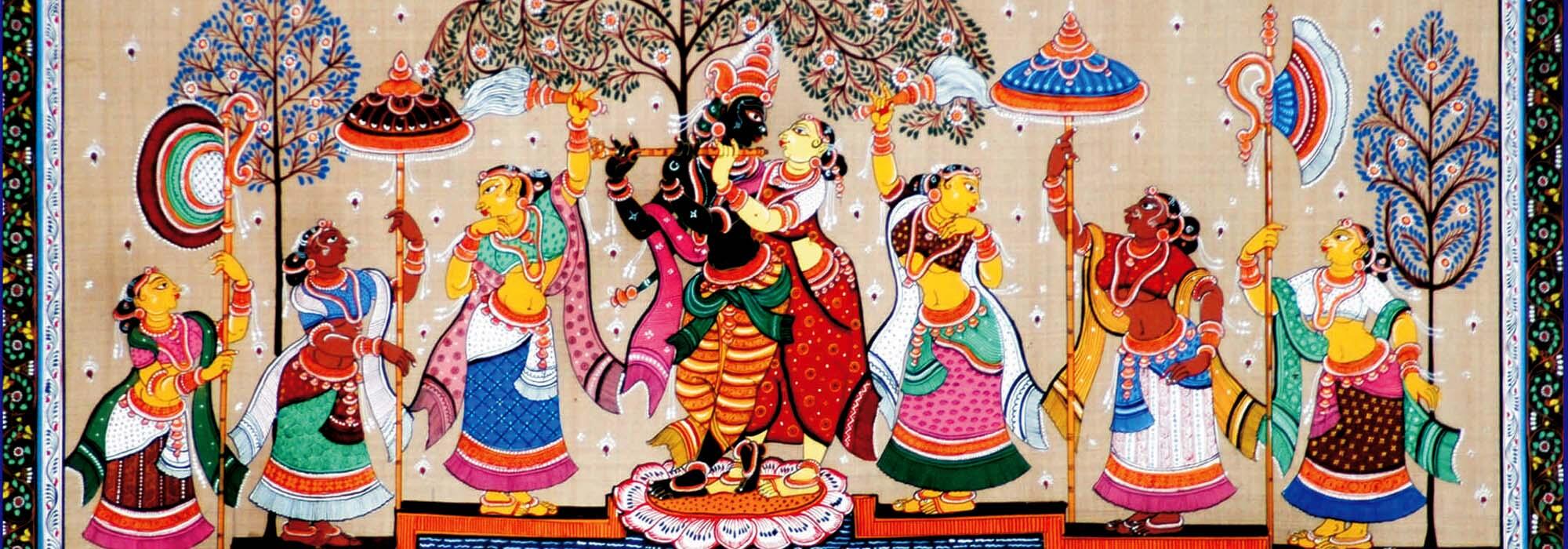


















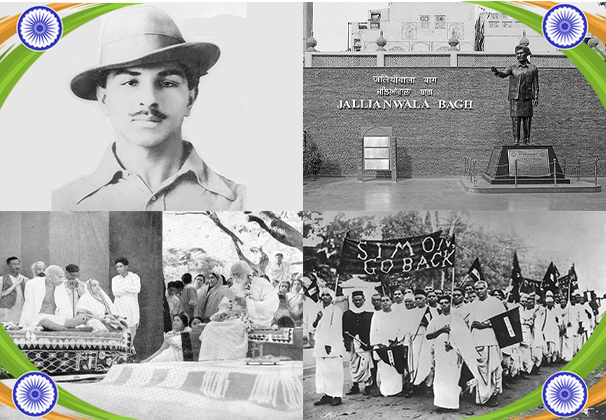
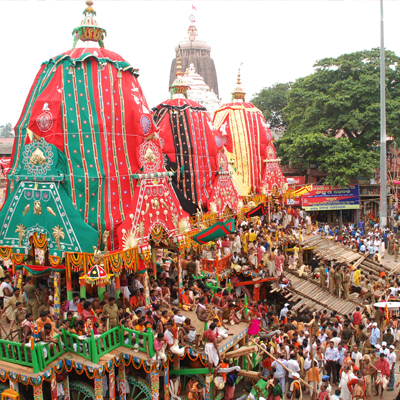


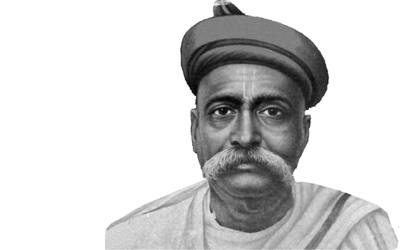
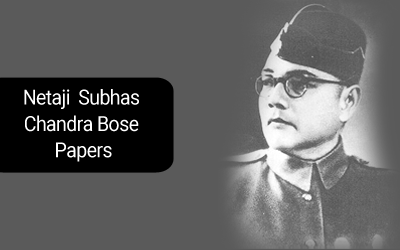



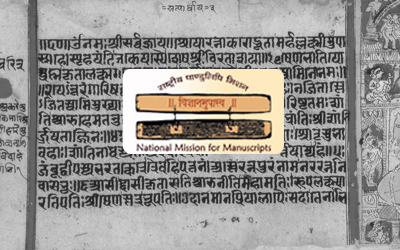

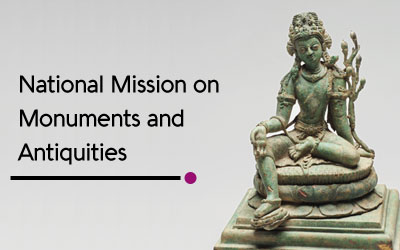

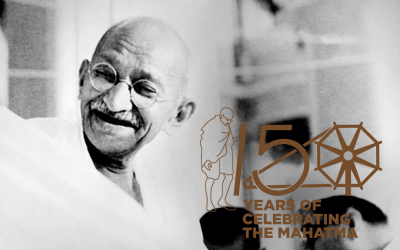
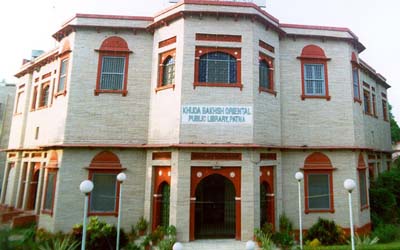
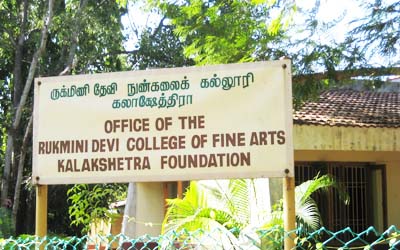

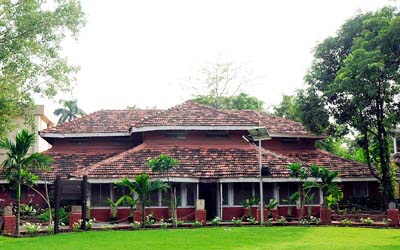
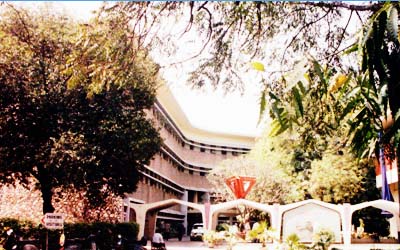
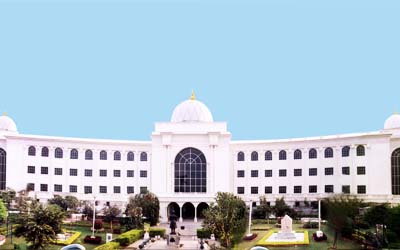
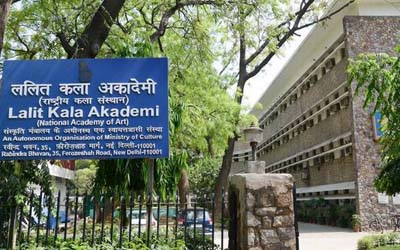
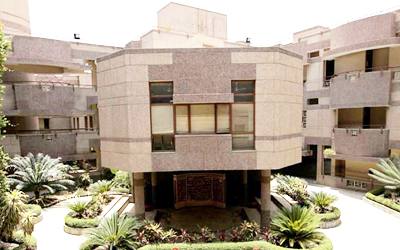
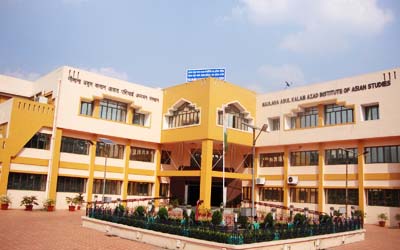
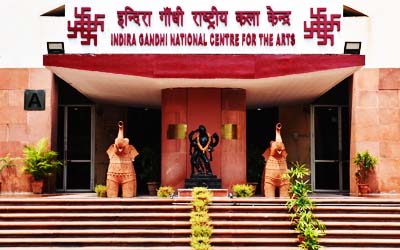
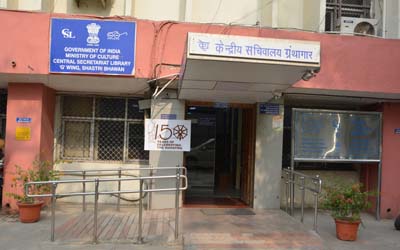
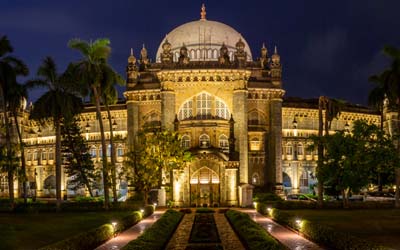
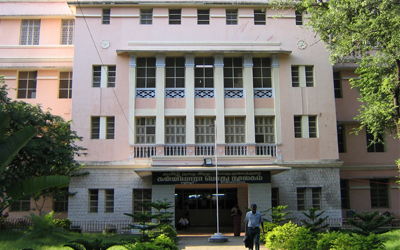


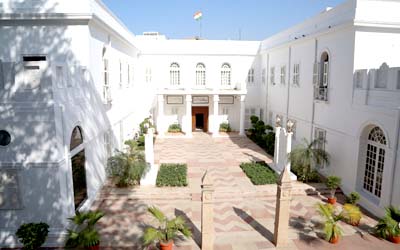
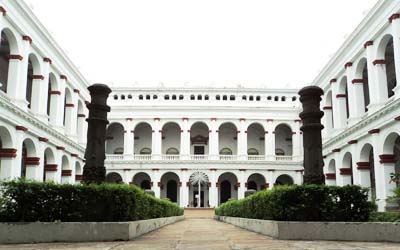
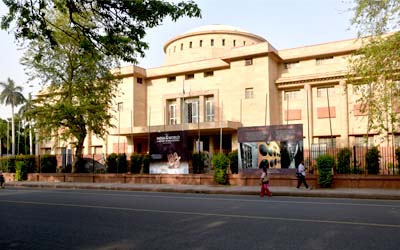
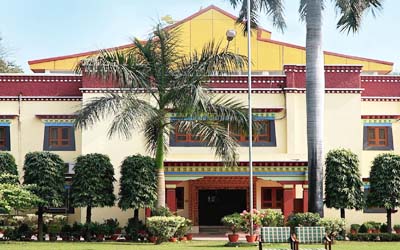
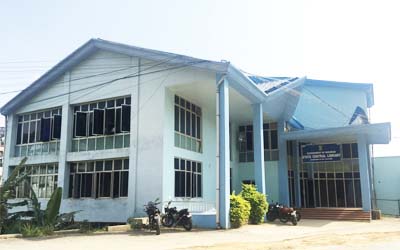
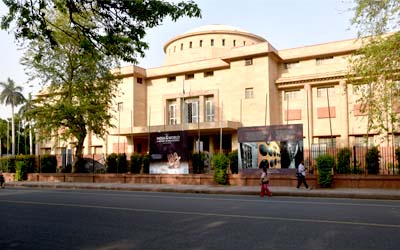
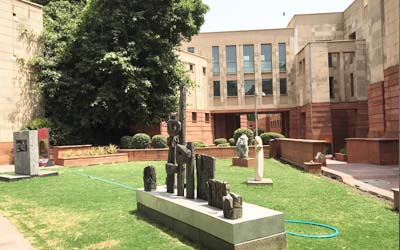
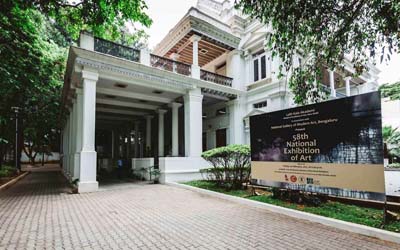
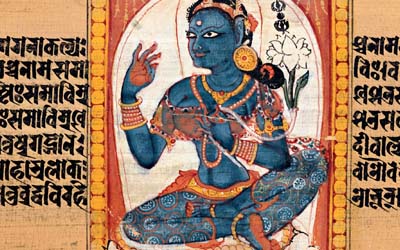
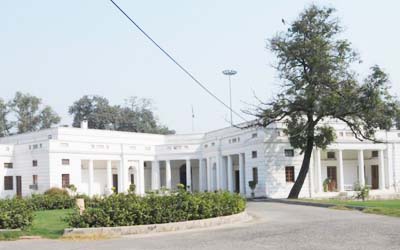
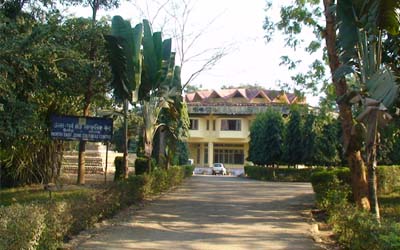
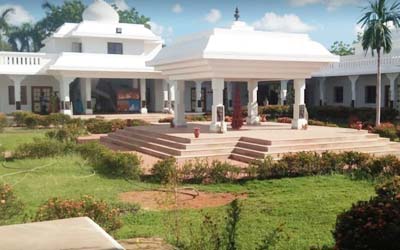
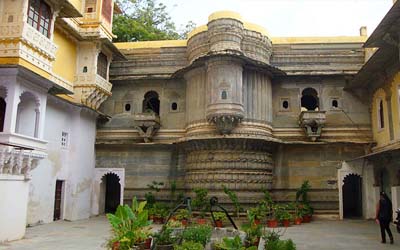
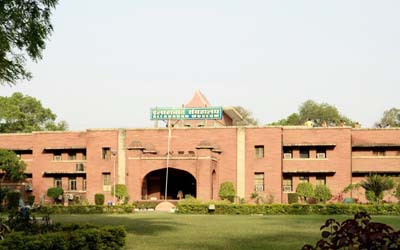
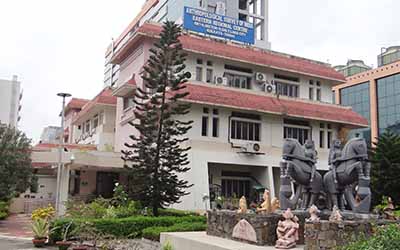
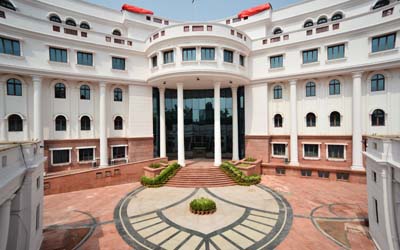
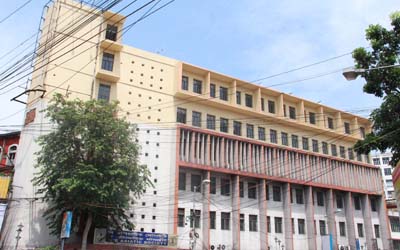
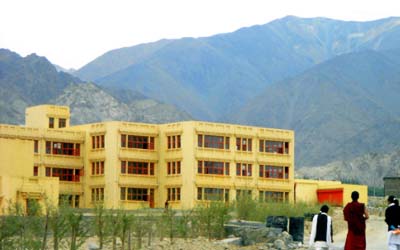
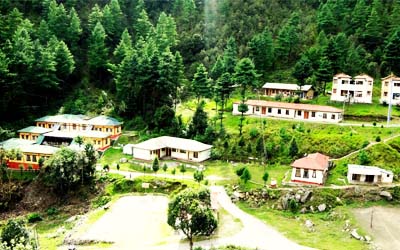

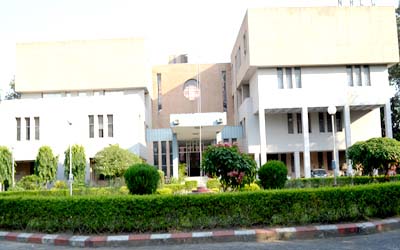
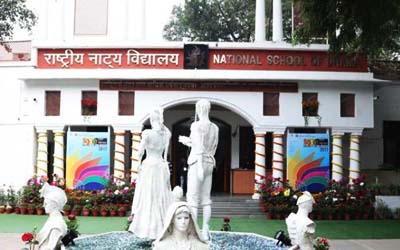
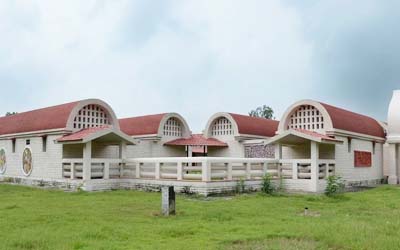
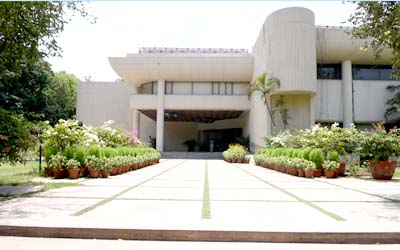
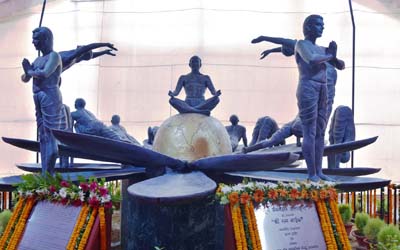
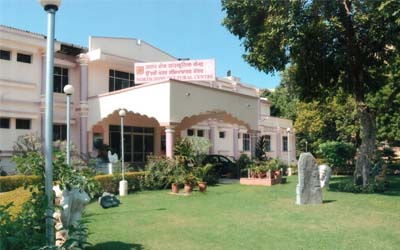
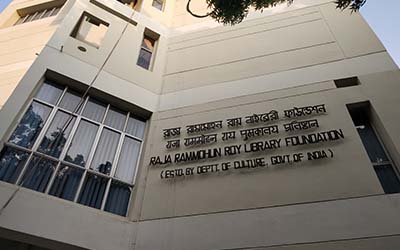
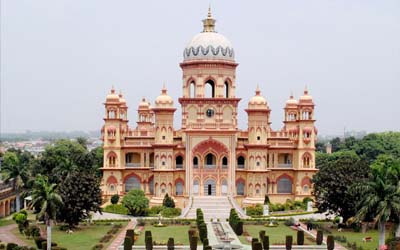
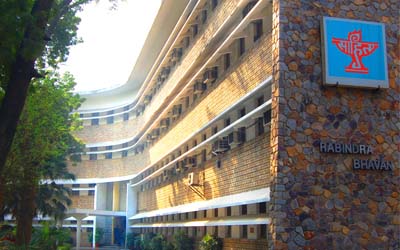
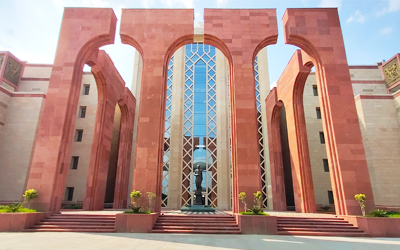
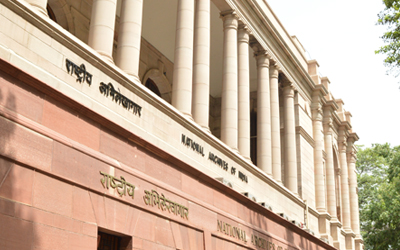
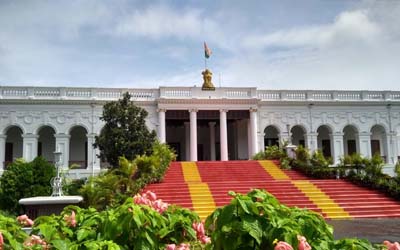
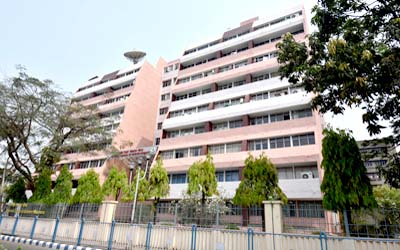
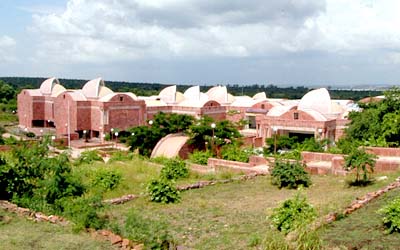
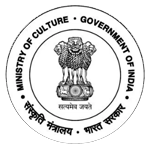




Indian Culture Portal